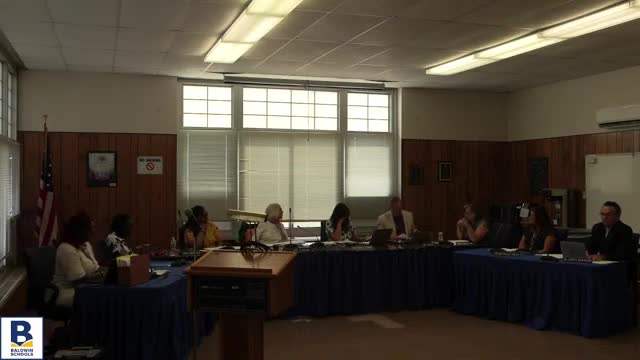Schools embrace restorative justice to transform student behavior
July 04, 2024 | BALDWIN UNION FREE SCHOOL DISTRICT, School Districts, New York

This article was created by AI summarizing key points discussed. AI makes mistakes, so for full details and context, please refer to the video of the full meeting. Please report any errors so we can fix them. Report an error »

During a recent government meeting, discussions centered on the implementation of restorative justice principles within the school district, highlighting their role in addressing student behavior and fostering a supportive educational environment.
One board member expressed a need for clarity on restorative justice, prompting a detailed explanation from Dr. Kami. She outlined the three core components of restorative practices: repairing harm, facilitating healing, and transforming the wider community. This approach emphasizes accountability, encouraging students who have caused harm to acknowledge their actions, make amends to those affected, and contribute positively to the community.
The conversation also linked restorative justice to broader social-emotional learning initiatives, including mindfulness practices and wellness programs. Dr. Kami noted that these elements are integrated into the district's educational framework, aiming to cultivate a more empathetic and responsible student body.
Additionally, the board addressed the review process for the student code of conduct, confirming that it is evaluated annually by a committee that includes stakeholders such as students and parents. This ongoing review ensures that the policies remain relevant and responsive to the evolving needs of the school community.
The meeting concluded with the board's approval of several key policies, including those related to student attendance, internet safety, and family involvement, reinforcing their commitment to creating a safe and inclusive educational environment.
One board member expressed a need for clarity on restorative justice, prompting a detailed explanation from Dr. Kami. She outlined the three core components of restorative practices: repairing harm, facilitating healing, and transforming the wider community. This approach emphasizes accountability, encouraging students who have caused harm to acknowledge their actions, make amends to those affected, and contribute positively to the community.
The conversation also linked restorative justice to broader social-emotional learning initiatives, including mindfulness practices and wellness programs. Dr. Kami noted that these elements are integrated into the district's educational framework, aiming to cultivate a more empathetic and responsible student body.
Additionally, the board addressed the review process for the student code of conduct, confirming that it is evaluated annually by a committee that includes stakeholders such as students and parents. This ongoing review ensures that the policies remain relevant and responsive to the evolving needs of the school community.
The meeting concluded with the board's approval of several key policies, including those related to student attendance, internet safety, and family involvement, reinforcing their commitment to creating a safe and inclusive educational environment.
View full meeting
This article is based on a recent meeting—watch the full video and explore the complete transcript for deeper insights into the discussion.
View full meeting
